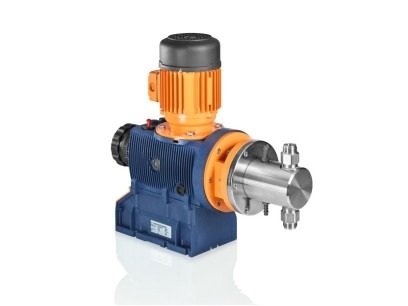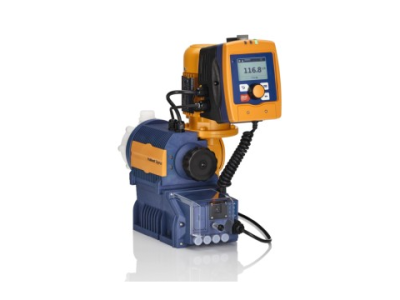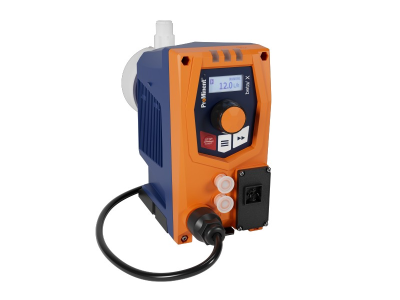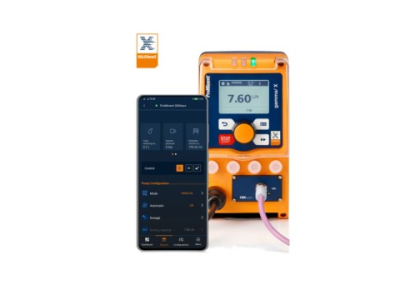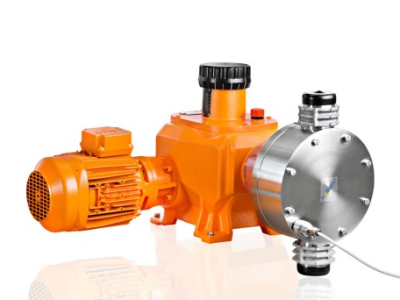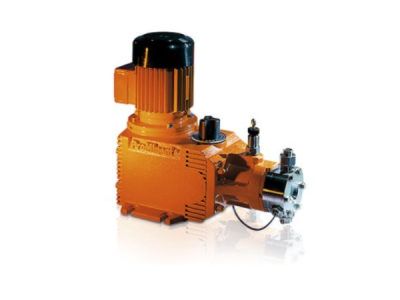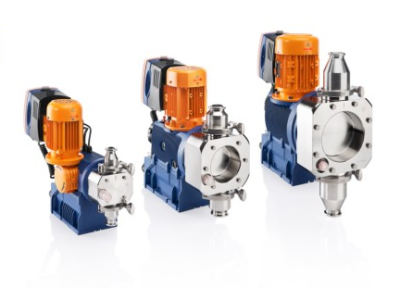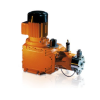The plunger metering pump Sigma/ 2 (Basic Type) (SBKa) is a metering pump, the pump capacity of which can be precisely adjusted in 0.2% increments, either manually or optionally with an electric actuator control drive. A wide range of power end versions is available for use in areas at risk from explosion with ATEX certification.
Your benefits
Excellent process safety and reliability:
- Metering reproducibility is better than ± 1% within the 10 – 100% stroke length range under defined conditions and with correct installation
Flexible adaptation to the process:
- Wide range of power end versions, also for use in Exe and Exde areas and different flange designs for the use of customised motors
- Customised designs are available on request
Field of application
- Volume-proportional metering of chemicals in the treatment of boiler feed water
- Metering of reactants and catalysts in the chemical industry
- Level-dependent metering of auxiliary agents in industrial production engineering, for instance hot wax metering in the production of adhesive strips
- Metering of Fluids in Chemical Production
-
- Metering of Fluids
-
Technical Details
- Stroke length: 15 mm
- Stroke length adjustment range: 0 – 100%
- Stroke length adjustment: manually by self-locking rotary dial in 0.2% increments (optionally with electric actuator or control drive)
- The dosing precision is better than ± 1 % within the 10-100 % stroke volume adjustment range under defined conditions and with correct installation
- Wetted materials: Stainless steel 1.4571/1.4404, special materials are available on request
- High-performance oxide ceramic plunger
- A wide range of power end versions is available: Three-phase standard motor, 1-phase AC motor, motors for use in areas at risk from explosion and different flange designs for use in customer-specific motors
- Degree of protection IP 55
- High-strength fibreglass-reinforced plastic housing with excellent chemical resistance
- For safety reasons, provide suitable overflow equipment with all plunger metering pumps during installation








